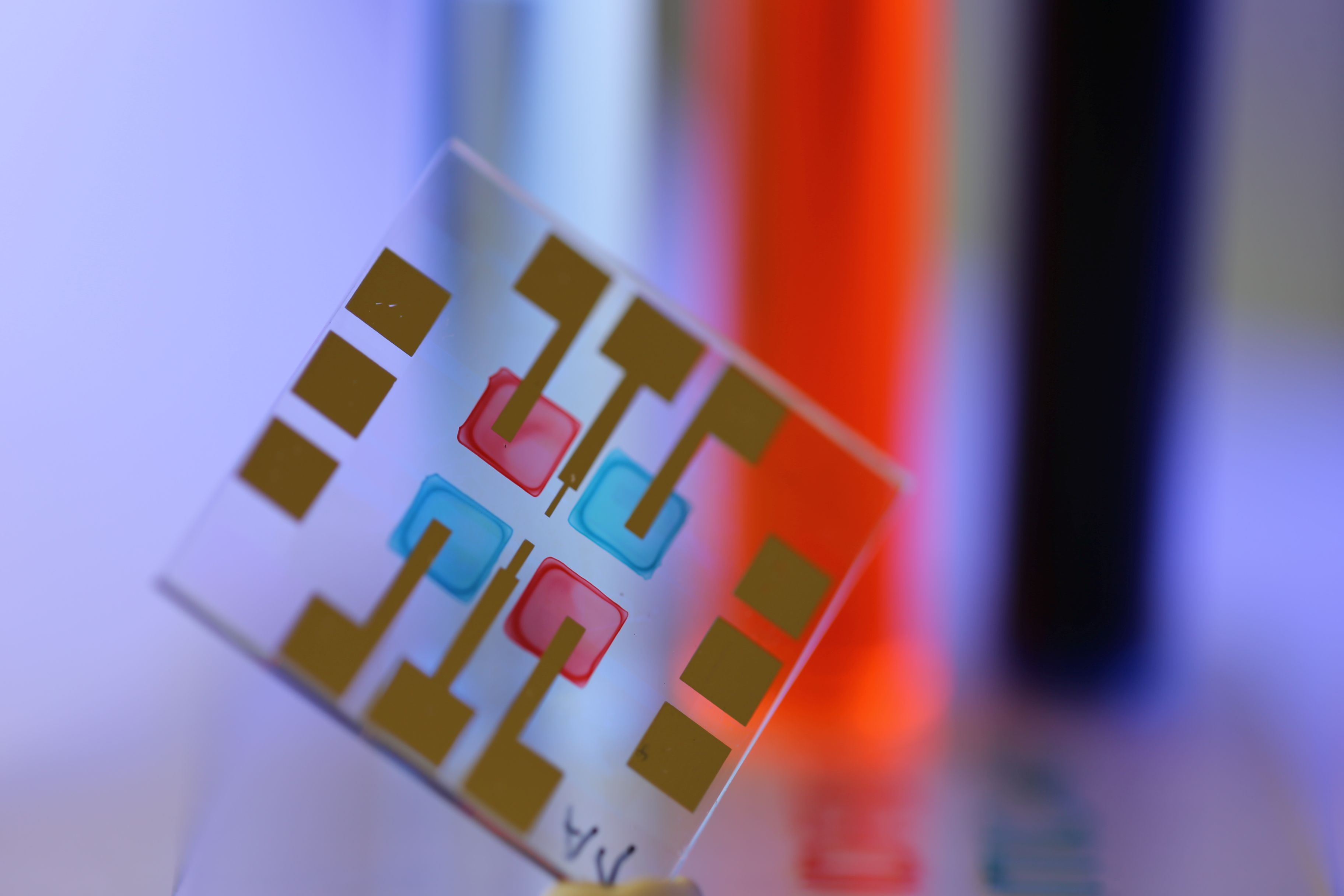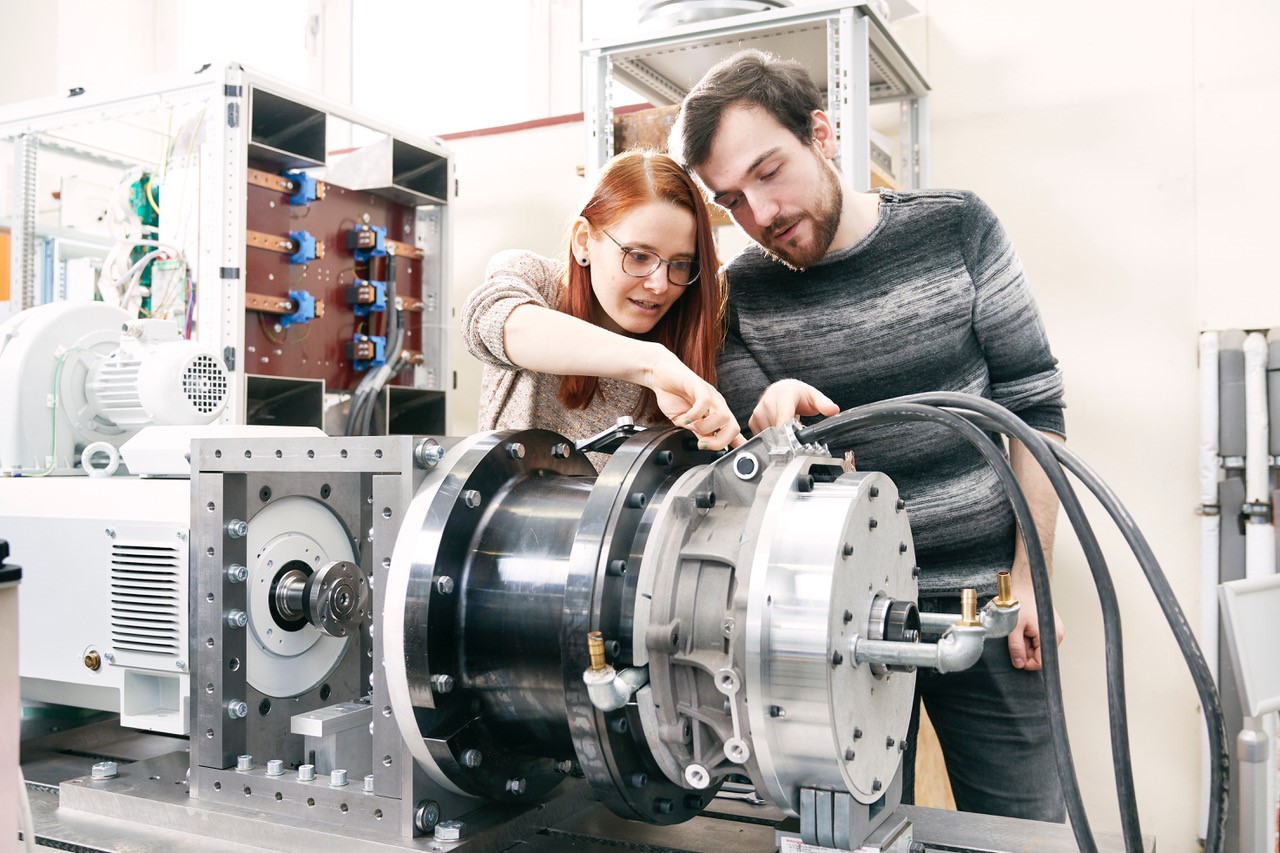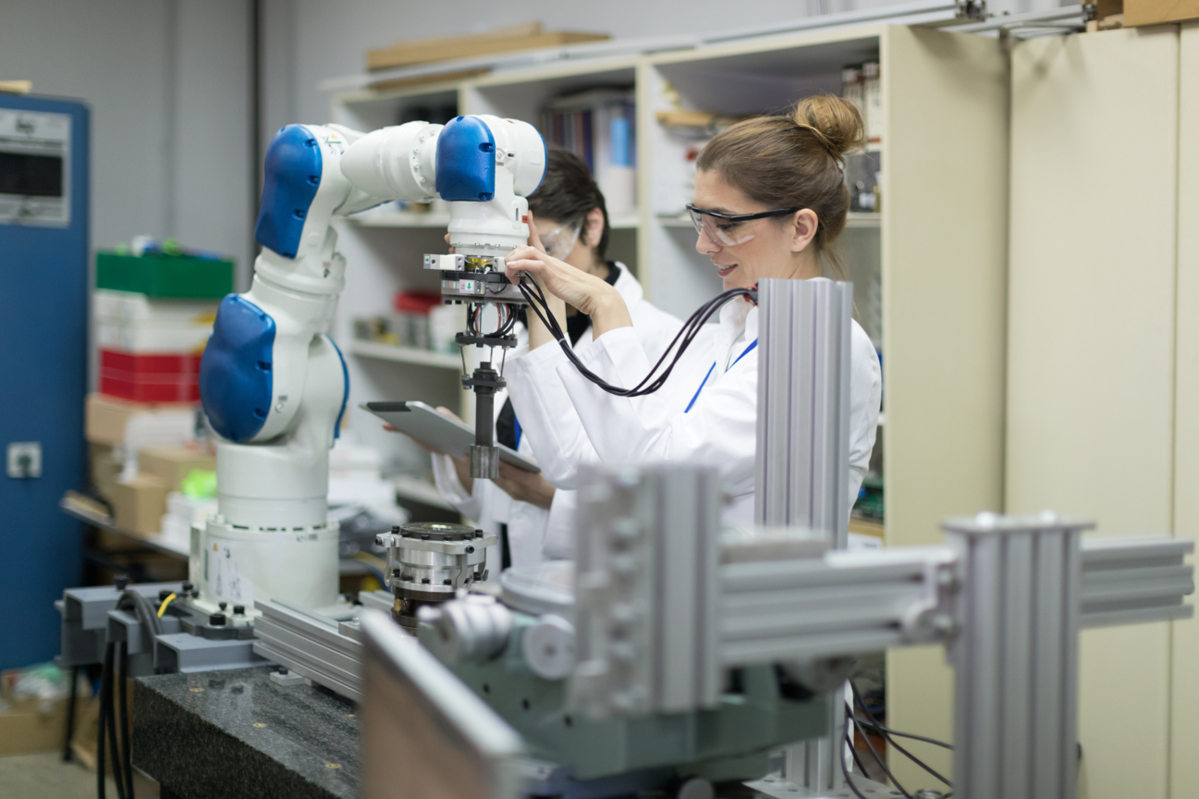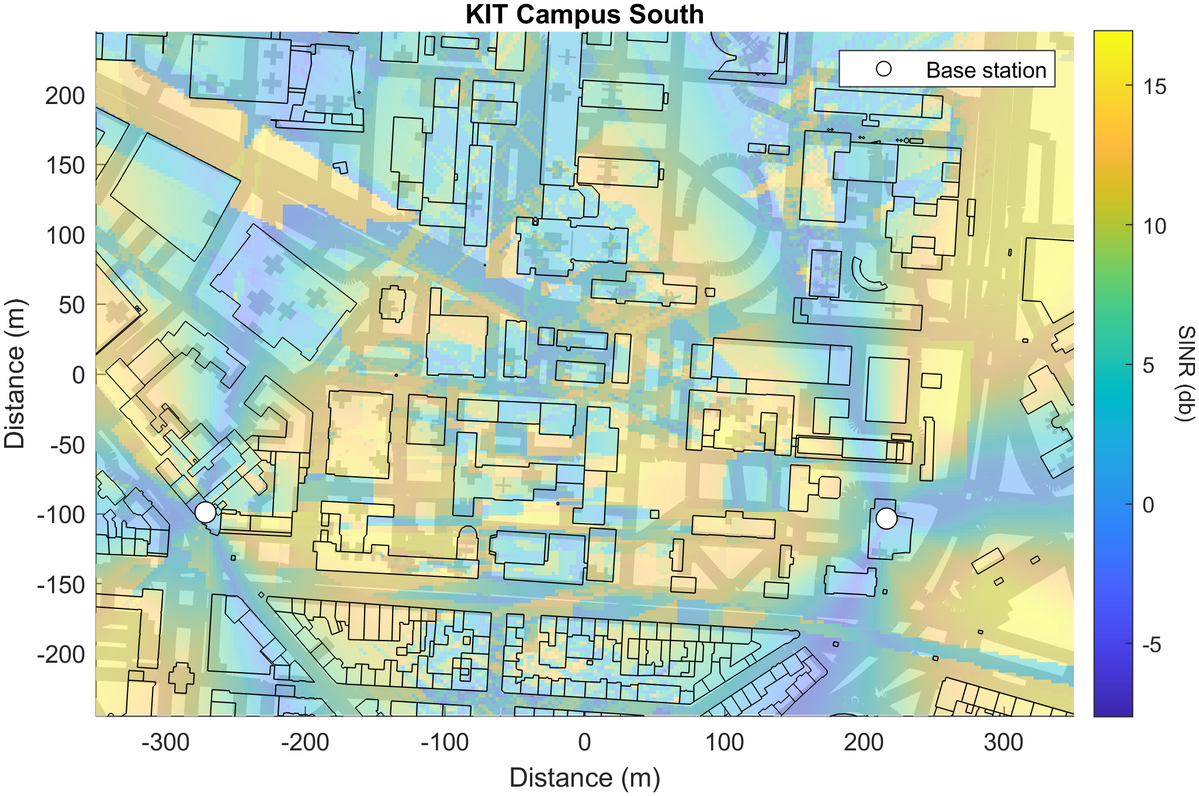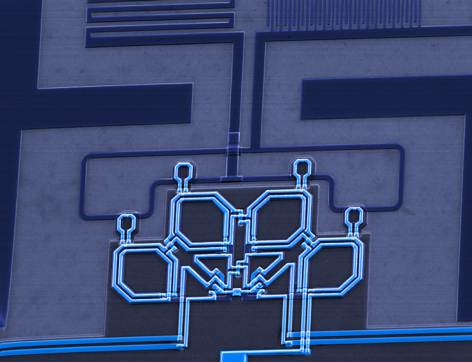Our future is electric: Whether in electromobility, in the generation, storage and transportation of energy, or in automation and communication, we need a wide range of skills from the fields of electrical engineering and information technology to meet the challenges of the 21st century.
The Master´s program Electrical Engineering and Information Technology at KIT
The Master´s program is taught in English. It comprises 120 credit points which are earned in 4 subjects:
| Subjects | Credit points |
|---|---|
| 1) Field of Specialization | Overall 60 CP |
|
24 CP |
|
27-30 CP |
|
6-9 CP |
|
2) Electives
|
24 CP |
| 3) Interdisciplinary Qualifications | 6 CP |
| 4) Master´s Thesis | 30 CP |
